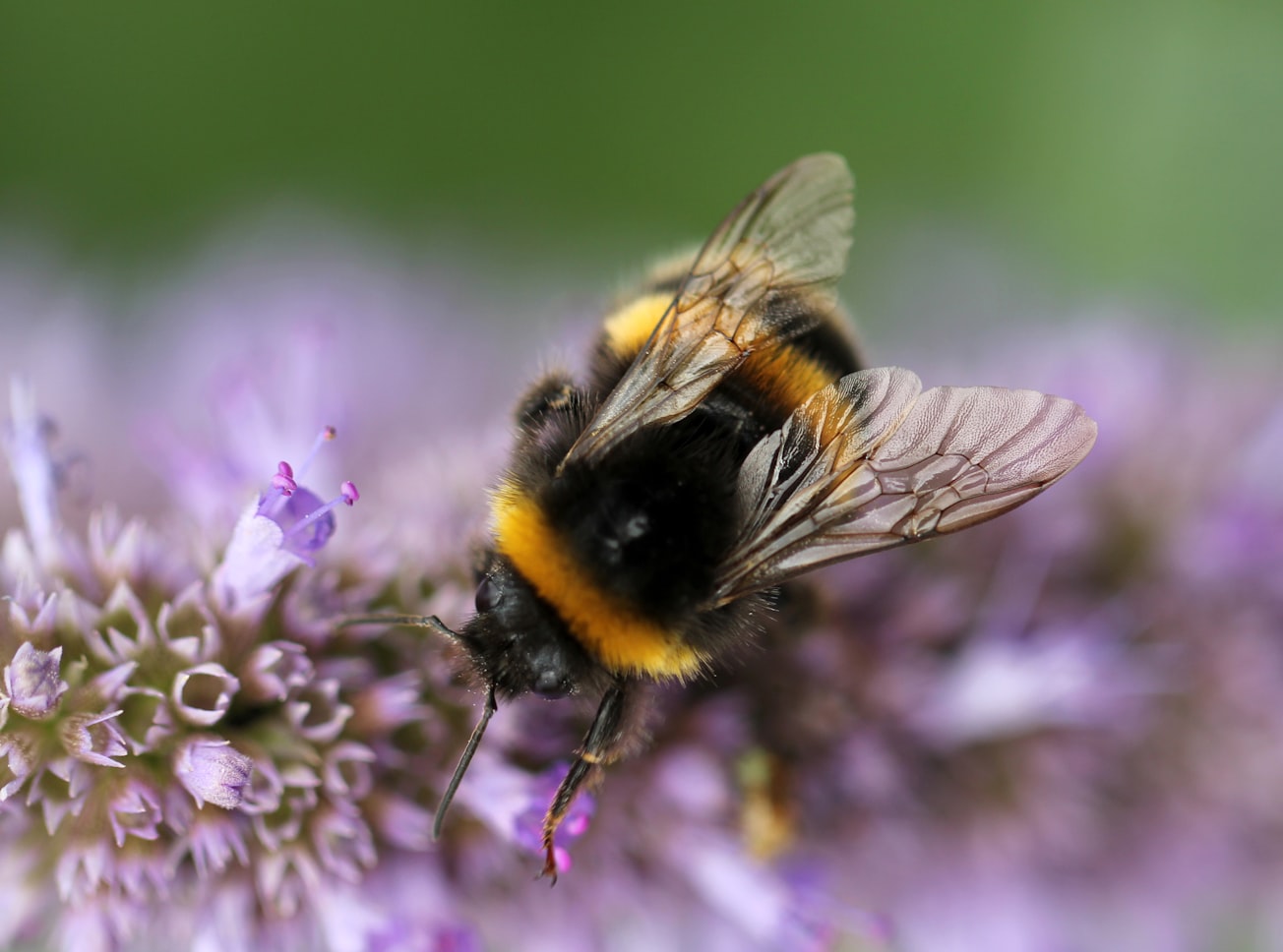What is it about?
The author of this 2016 review of literature assesses studies on Ontario’s common native bee group, bumble bees, including scientific evidence about this species and their role as pollinators. They also recommend ways to conserve native species of bumble bees in Ontario, Canada. This is aimed at guiding policies and planning of conservation efforts.
Featured Image

Photo by Sandy Millar on Unsplash
Why is it important?
Bumble bees play a very important role in the local ecosystem: that of a pollinator. Particularly in Canada, bumble bees serve to pollinate flower-ing plants and certain important crops, and though they can exist in difficult environmental conditions, the use of pesticides, competition with introduced bee species, disease exposure, low genetic diversity, and habitat loss threaten their numbers. Despite this, current conservation efforts draw from evidence focusing on the European Honeybee, which is not generally found in the wild in Can-ada and is very different from the bumble bee. This may not help efforts to conserve the native bee species and might instead increase the threat to their populations. Key takeaway While various ministries are jointly making efforts to conserve pollinators in Ontario, Canada, the conservation plans and policies should be made keeping in mind the native bee species found in the wild, locally. Hence, policymakers should be guided by scientific evidence concerning bumble bees.
Read the Original
This page is a summary of: Status, Threats and Conservation Recommendations for Wild Bumble Bees (Bombusspp.) in Ontario, Canada: A Review for Policymakers and Practitioners, Natural Areas Journal, October 2016, Natural Areas Journal,
DOI: 10.3375/043.036.0408.
You can read the full text:
Resources
Contributors
Be the first to contribute to this page







